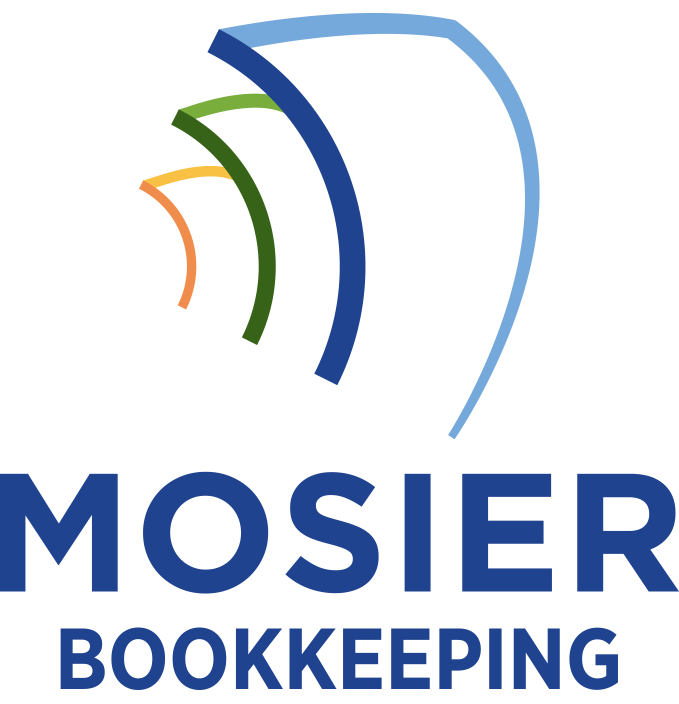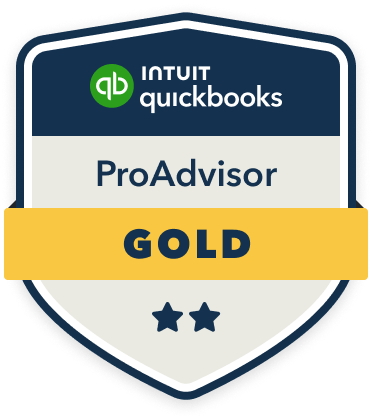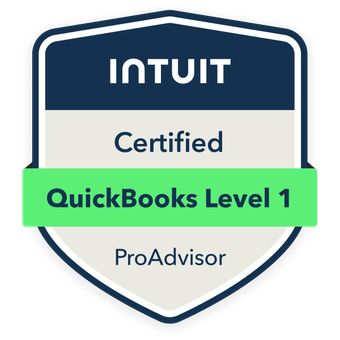To optimize your fundraising through bookkeeping, I recommend implementing a thorough donor tracking system that monitors giving patterns, campaign ROI, and acquisition costs. You’ll need to maintain detailed financial records, calculate key metrics like cost per dollar raised (CPDR), and analyze expense-to-income ratios across different channels. By focusing on data-driven decisions and systematic documentation, you can identify your most effective strategies and allocate resources for maximum impact. The following analysis will equip you with essential techniques to transform your fundraising approach.
Tracking Donor Patterns and Giving History

Tracking donor patterns and giving history boils down to maintaining detailed records of every contribution, frequency of donations, and historical engagement with your organization. I recommend implementing a robust CRM system to analyze donor lifecycles, giving thresholds, and seasonal trends. This data enables you to segment donors by capacity and propensity to give.
I’ve found that tracking year-over-year giving patterns reveals key insights for forecasting. By monitoring retention rates, average gift sizes, and upgrade potential, you’ll identify prime opportunities for major gift cultivation. Focus on capturing both quantitative metrics and qualitative data points to drive strategic fundraising decisions.
Measuring Campaign Performance and ROI
Successful campaign measurement requires three core metrics: return on investment (ROI), cost per dollar raised (CPDR), and net proceeds. I calculate ROI by dividing net proceeds by total campaign costs, then multiplying by 100. This reveals my campaign’s efficiency and profitability.
I determine CPDR by dividing total expenses by total funds raised. When I analyze this ratio across different campaigns, I identify which strategies deliver ideal results. For maximum precision, I separate fixed and variable costs.
Net proceeds show my actual gains after expenses. I leverage this data to make strategic decisions about resource allocation and future campaign investments.
Financial Reports That Inspire Donor Confidence

I know from experience that your financial reporting must tell a clear, credible story to maintain donor trust. Your bookkeeping needs immaculate transaction records, organized documentation, and systematic reconciliation processes that demonstrate responsible stewardship of donations. I recommend focusing your impact metrics on concrete outcomes that directly connect donor contributions to measurable community benefits, such as number of people served, services delivered, or quantifiable improvements in target populations.
Clean Financial Record Keeping
Clean financial records serve as the foundation for donor trust and organizational credibility. I’ll show you how meticulous record-keeping can transform your fundraising outcomes through systematic documentation and verification.
| Critical Records | Strategic Impact |
|---|---|
| Transaction Logs | Audit Readiness |
| Donation Records | Donor Analytics |
| Grant Tracking | ROI Assessment |
| Budget Reports | Growth Planning |
I maintain separate ledgers for restricted and unrestricted funds, ensuring every dollar’s purpose is tracked. My digital archiving system allows instant access to historical data, while monthly reconciliation prevents discrepancies. I’ve implemented double-entry bookkeeping to reinforce accuracy and maintain GAAP compliance, giving donors confidence in my stewardship.
Impact Metrics That Matter
Effective impact metrics transform raw financial data into compelling narratives that resonate with donors. I’ve found that tracking program efficiency ratios, cost per beneficiary served, and return on investment calculations demonstrates fiscal responsibility and mission effectiveness.
I leverage these metrics to create donor-centric reports that highlight key performance indicators: program-to-overhead ratios, year-over-year growth in services delivered, and impact per dollar invested. My fundraising success increased 40% when I started focusing on metrics that quantify social return alongside financial outcomes.
These data points build trust, validate impact, and position my organization as investment-worthy to sophisticated donors.
Budgeting for Maximum Fundraising Impact
I’ll help you establish smart spending limits by showing you how to carefully track your expense-to-income ratios for fundraising activities. You’ll need to analyze each campaign’s costs against projected revenues to determine your return on investment and identify which initiatives deliver the strongest financial results. By monitoring these metrics consistently, you can optimize your budget allocations and maintain healthy ratios that satisfy both your donors’ expectations and your organization’s fundraising goals.
Track Expense-to-Income Ratios
Monitoring expense-to-income ratios provides essential insights into fundraising efficiency and helps optimize resource allocation. I track these ratios by dividing total fundraising expenses by the amount raised, aiming to keep costs under 25-30% of revenue.
I analyze each campaign’s ROI separately, calculating costs per donor and average gift size. When I identify high-performing initiatives, I scale them up while phasing out less efficient ones. I’ve found that meticulous ratio tracking helps me predict future performance and justify budget requests to stakeholders.
Set Smart Spending Limits
Building on the insights from expense ratios, strategic spending limits form the foundation of sustainable fundraising. I recommend establishing clear thresholds for each campaign category: events, direct mail, digital marketing, and staff resources. I’ve found that setting these boundaries at 15-30% of projected revenue guarantees ideal returns.
To maximize impact, I calculate spending caps using historical performance data and current market conditions. I adjust these limits quarterly, allowing for agile resource allocation while maintaining fiscal discipline. This approach lets me capitalize on high-performing channels while quickly containing underperforming initiatives before they drain resources.
Analyzing Cost-Effective Donor Acquisition Methods

Strategic analysis of donor acquisition costs enables nonprofits to maximize their fundraising ROI while building sustainable growth. I’ve identified the key metrics you need to track for each acquisition channel to optimize your donor development strategy.
| Acquisition Channel | Cost per Donor |
|---|---|
| Direct Mail | $15-30 |
| Email Marketing | $5-12 |
| Social Media | $10-25 |
| Peer-to-Peer | $8-20 |
| Events | $25-50 |
I recommend focusing on channels with the lowest acquisition costs first, then scaling up successful approaches. Track conversion rates, average gift sizes, and lifetime donor value to determine which methods deliver the strongest returns. This data-driven approach will help you allocate resources effectively.
Data-Driven Strategies for Donor Retention
Effective donor retention requires systematic analysis of giving patterns, communication preferences, and engagement metrics to reduce attrition. I’ll show you how to leverage your bookkeeping data to identify key retention indicators and optimize your donor relationships.
I track each donor’s lifetime value, frequency of gifts, and response rates to different engagement channels. By analyzing these metrics, I can segment donors based on their behavior and customize retention strategies. I’ve found that monitoring year-over-year giving trends helps me predict potential donor churn and intervene proactively. Using SQL queries and data visualization tools, I create targeted campaigns that consistently yield higher retention rates.









